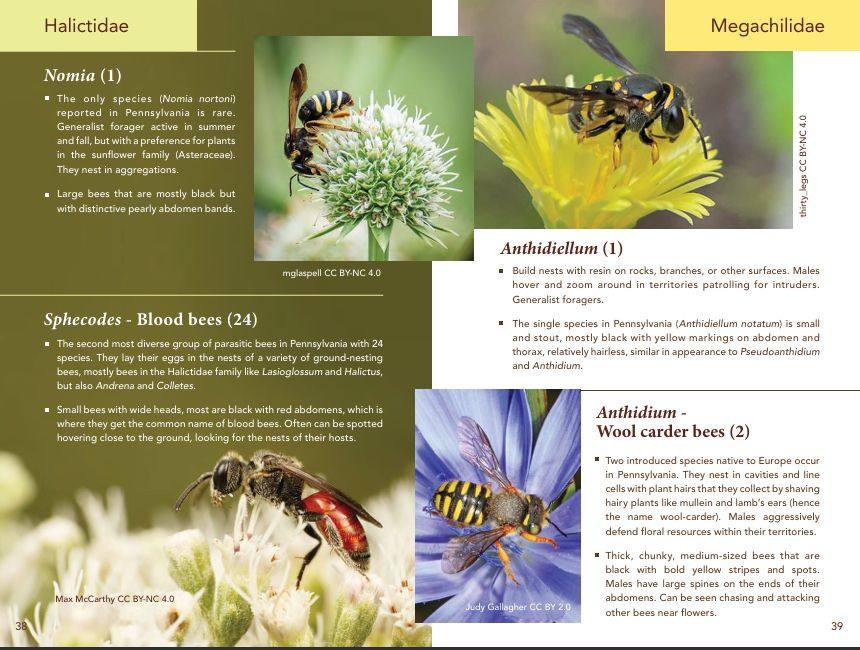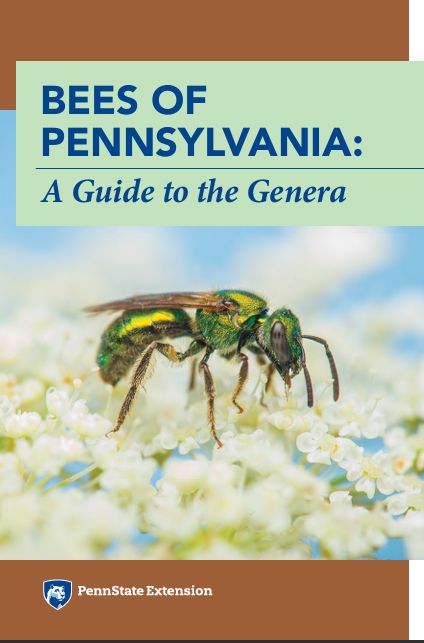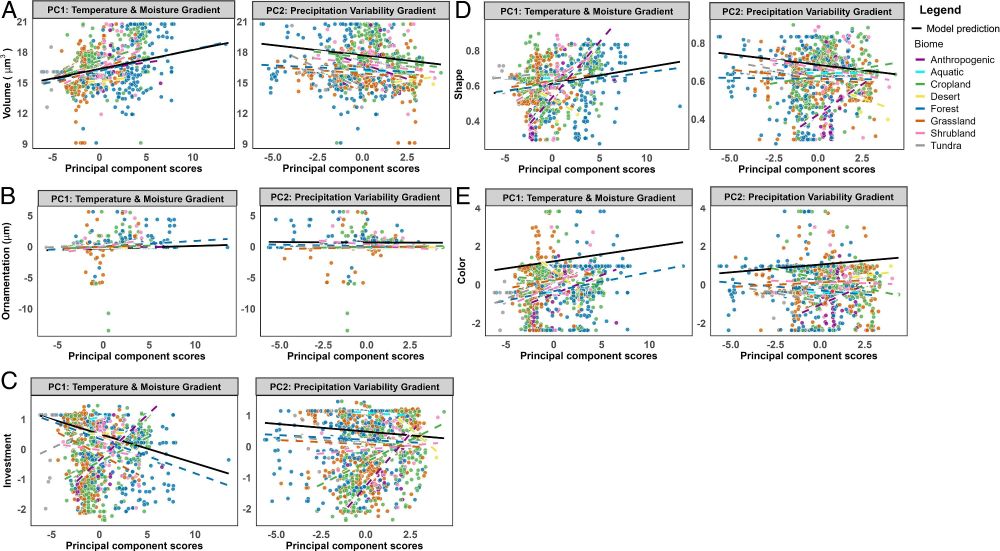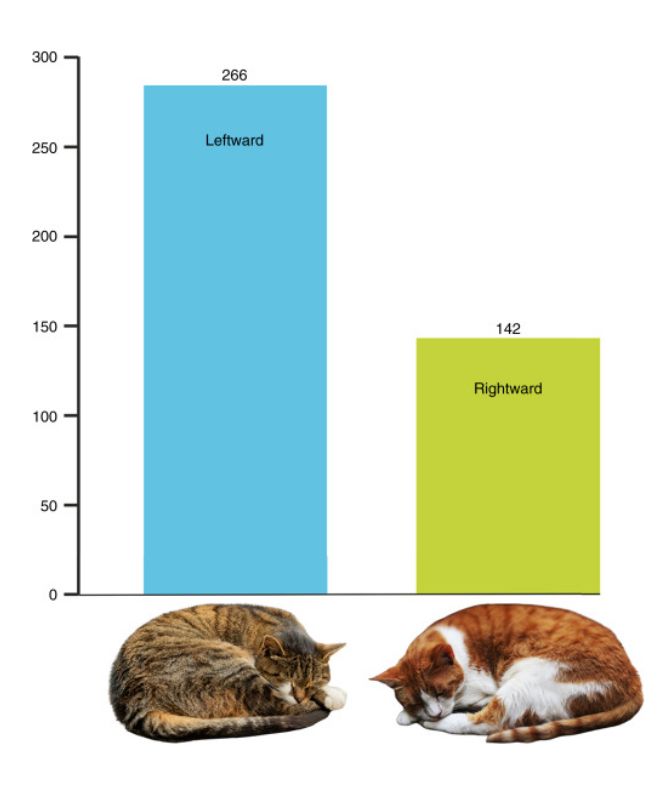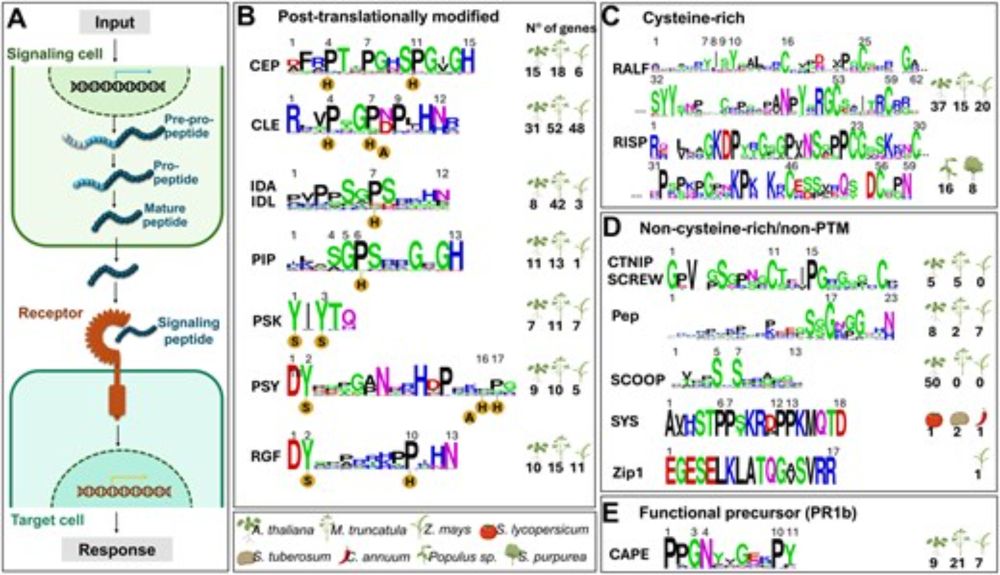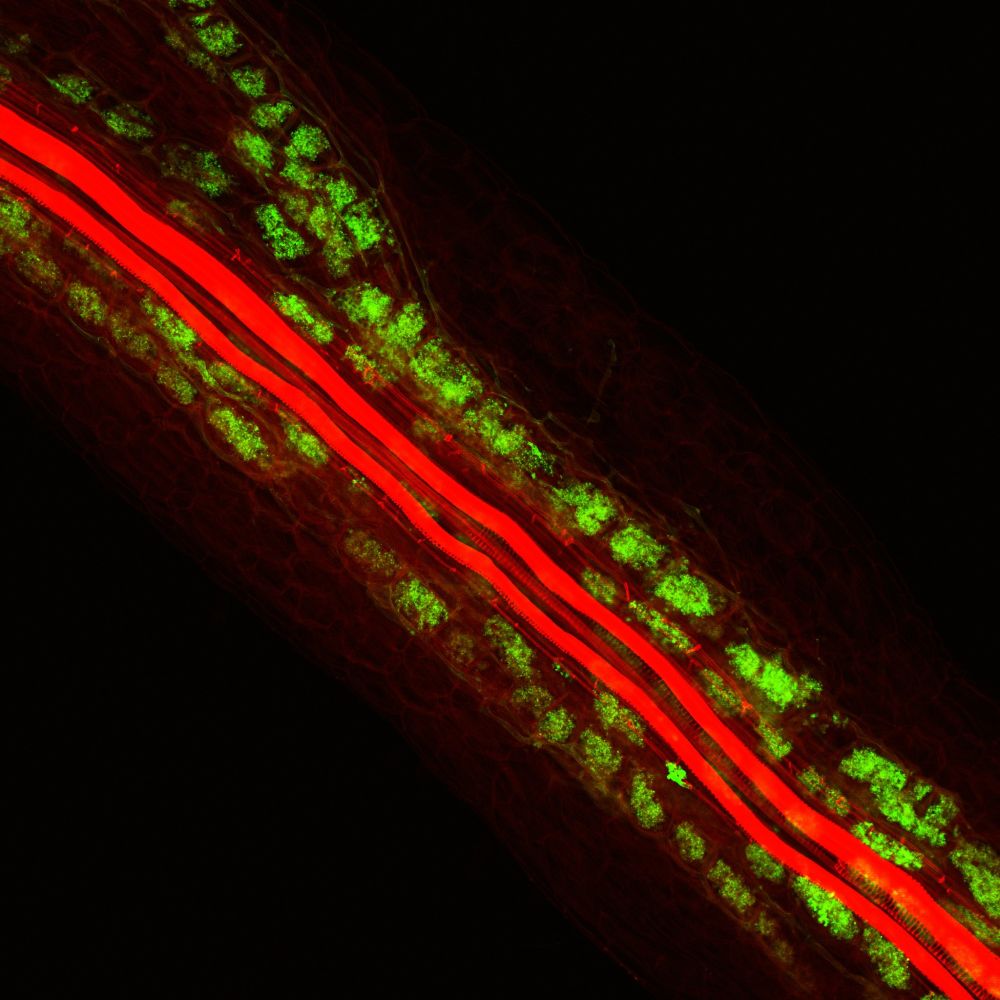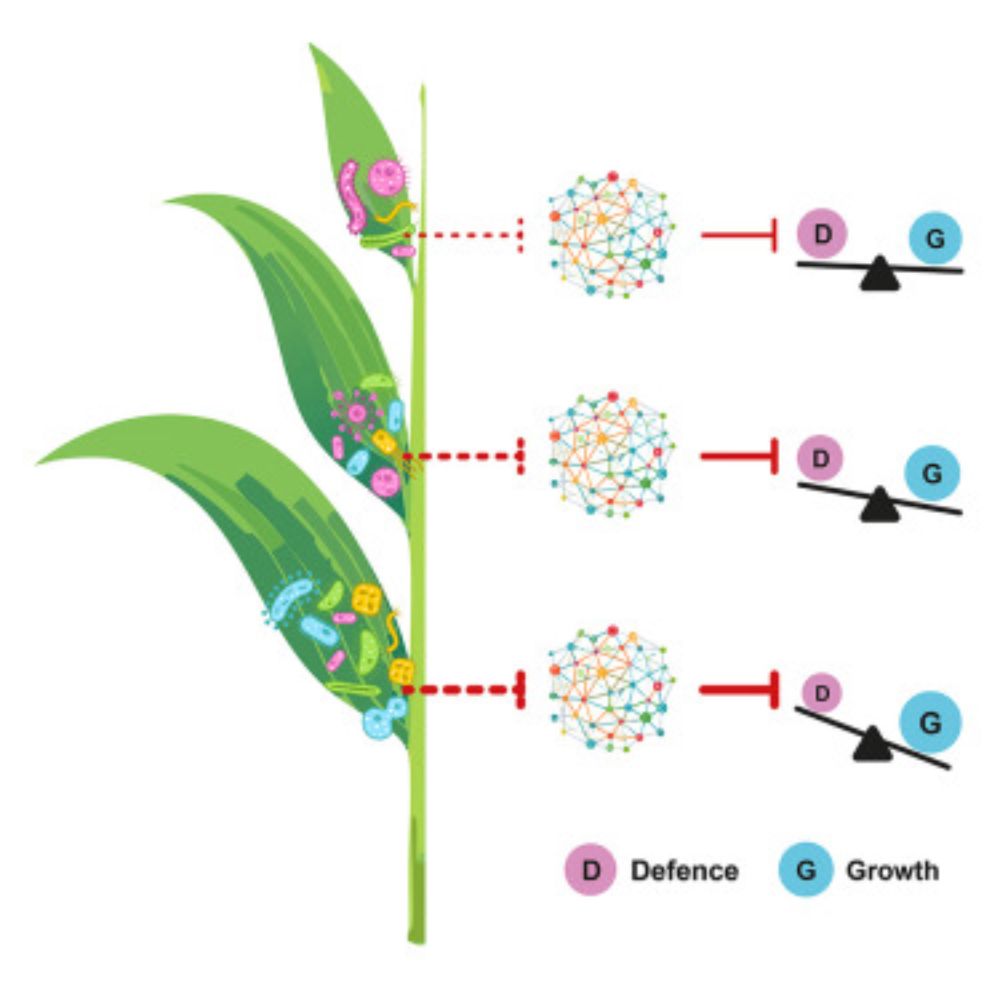Amanda Rawstern
@arawstern.bsky.social
140 followers
250 following
5 posts
Post-Doctoral Researcher at University of Pittsburgh in Ashman lab. I study plant-microbe interactions and microbial ecology.
arawstern.wixsite.com/home
Posts
Media
Videos
Starter Packs
Reposted by Amanda Rawstern
Reposted by Amanda Rawstern
Reposted by Amanda Rawstern
Amanda Rawstern
@arawstern.bsky.social
· Aug 11
Reposted by Amanda Rawstern
Ákos T Kovács
@evolvedbiofilm.bsky.social
· Jul 24
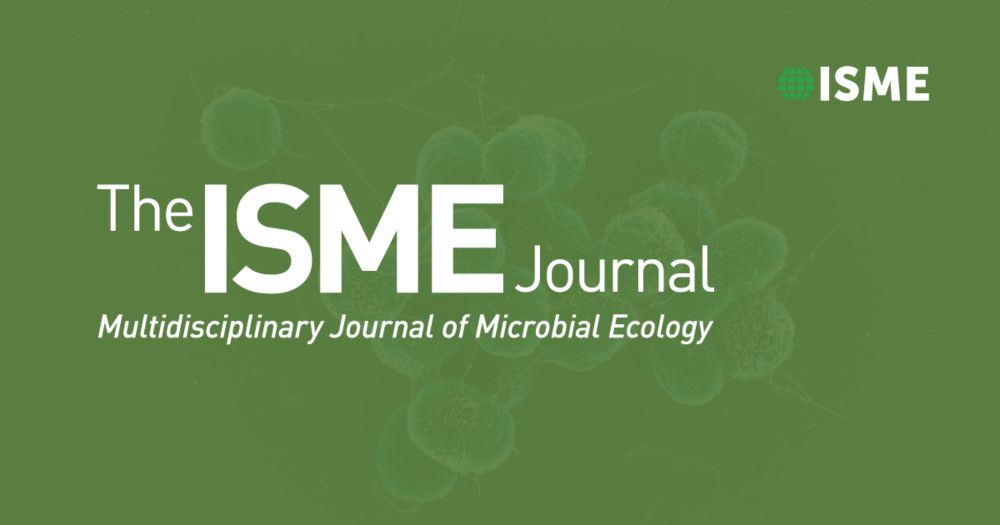
Eco-evolutionary robustness of wild bacterial communities to experimental perturbation
Abstract. Most knowledge about bacterial evolution and ecological interactions comes from laboratory studies. One difference between the wild and most labo
academic.oup.com
Reposted by Amanda Rawstern
Reposted by Amanda Rawstern
Reposted by Amanda Rawstern
Anny Chung (鍾彥儀)
@yyachung.bsky.social
· Jul 11
Reposted by Amanda Rawstern
Reposted by Amanda Rawstern
Reposted by Amanda Rawstern
Josh Fowler
@joshuacfowler.bsky.social
· Apr 22

Florida citrus lands offer hope for habitat recovery
Florida citrus production has been in decline due to widespread citrus greening disease introduced as early as 2004, also known as Huanglongbing (HLB). But is there some lemonade to be
www.midfloridanewspapers.com
Reposted by Amanda Rawstern
Reposted by Amanda Rawstern
allie igwe
@anigwe.bsky.social
· Apr 8
Reposted by Amanda Rawstern
Mark A. Anthony
@anthomycota.bsky.social
· Mar 26

Arbuscular Mycorrhizal Fungi Boost Development of an Invasive Brassicaceae
We show that an invasive, “nonmycorrhizal” Brassicaceae (Alliaria petiolata) can be colonised by AMF, and that this boosts its growth and nutrition even in the absence of classic nutrient exchange ...
onlinelibrary.wiley.com
Reposted by Amanda Rawstern
Cameron Thrash
@jcamthrash.bsky.social
· Mar 10

Differential roles of deterministic and stochastic processes in structuring soil bacterial ecotypes across terrestrial ecosystems - Nature Communications
Determinants of soil microbial community structure are less well studied. Here, Riddley et al. profile nationwide bacterial biogeographic patterns, and identify key environmental factors and distinct ...
www.nature.com
Amanda Rawstern
@arawstern.bsky.social
· Feb 17
Amanda Rawstern
@arawstern.bsky.social
· Dec 31

Central Taxa Are Keystone Microbes During Early Succession
For decades, microbiome network theory has predicted that highly connected ‘hub’ taxa act as keystone species that disproportionately affect their communities. However, this has never been empiricall...
doi.org
Reposted by Amanda Rawstern
Jack Rhodes
@jackrhodes.bsky.social
· Dec 16

CEP signaling coordinates plant immunity with nitrogen status - Nature Communications
Rzemieniewski et al. demonstrated that Arabidopsis thaliana CEPs regulate immunity via three CEP receptors with distinct expression patterns and ligand specificities. CEPs and their receptors coordina...
www.nature.com
Reposted by Amanda Rawstern




